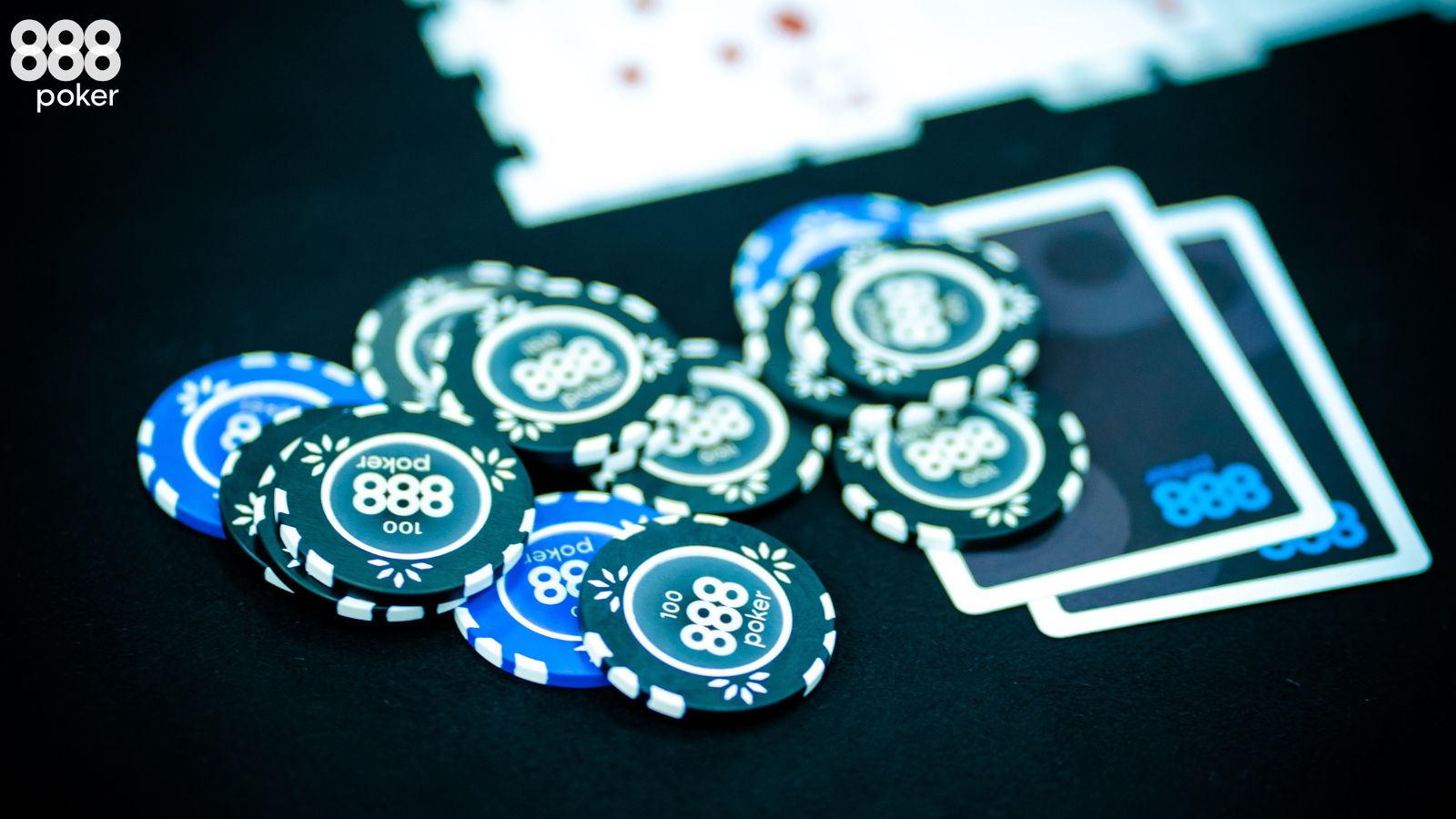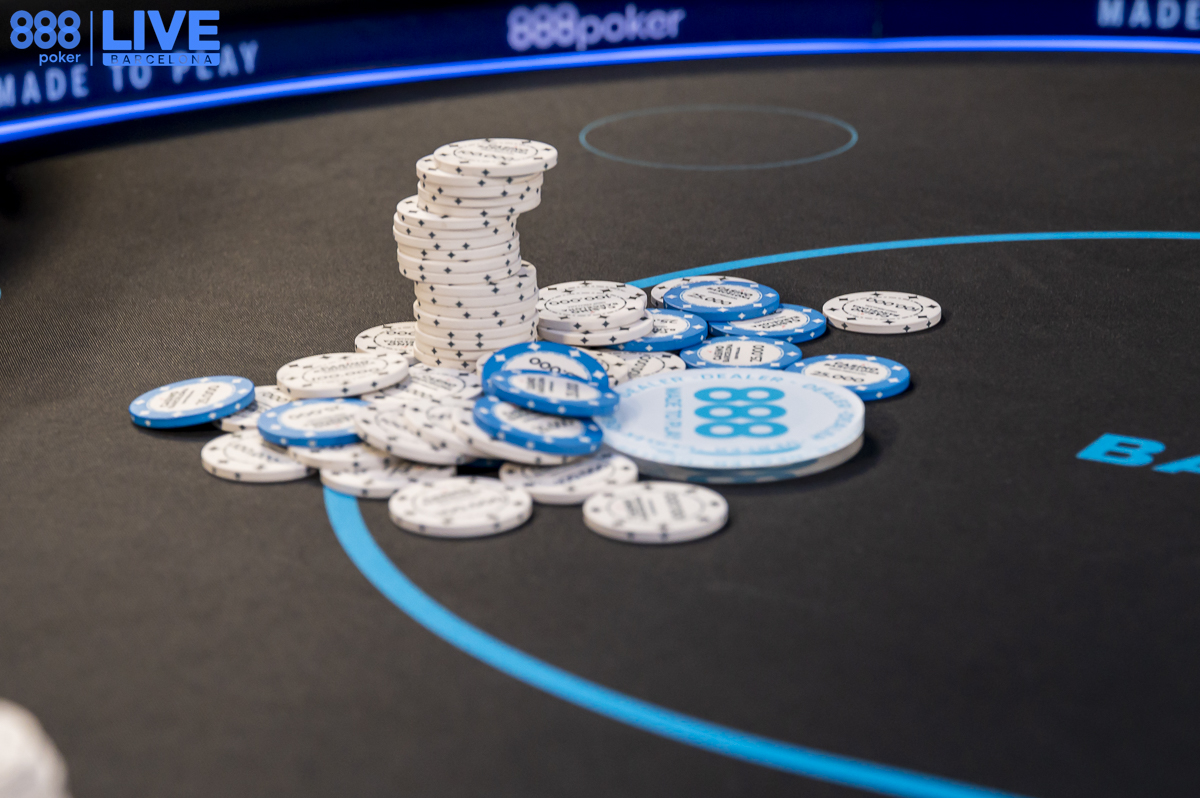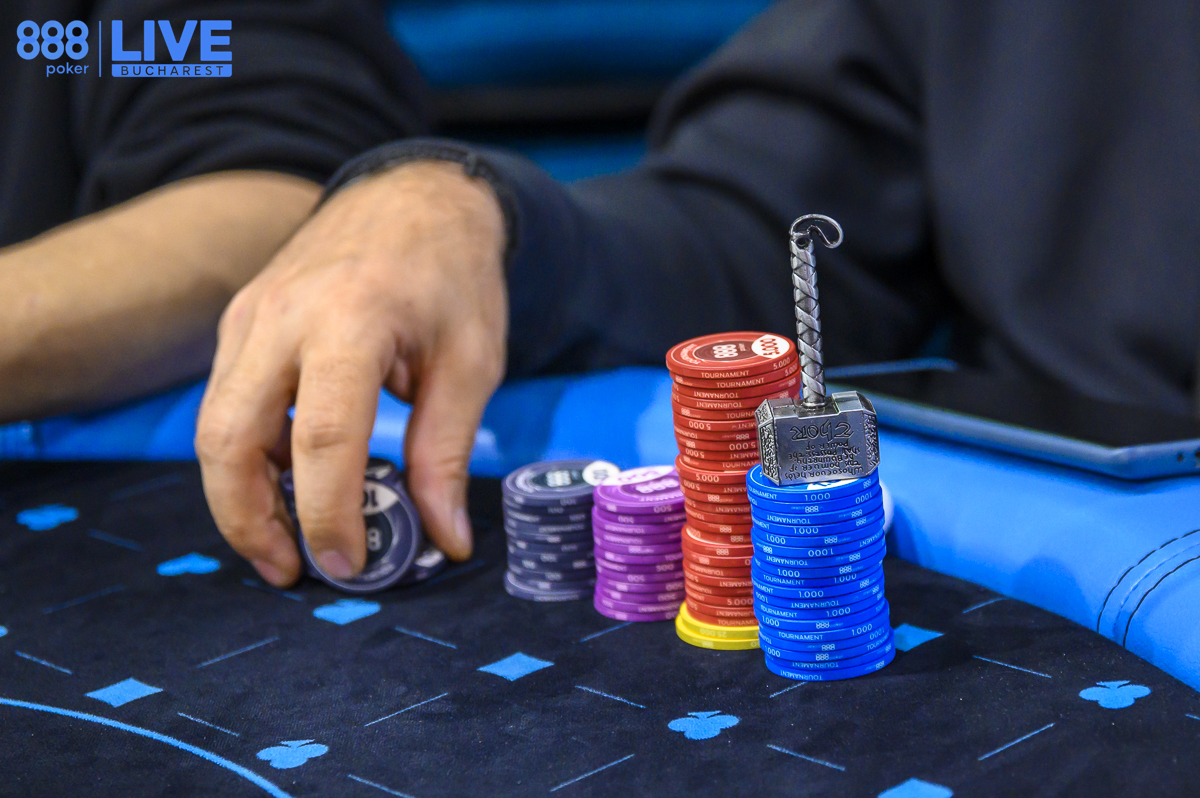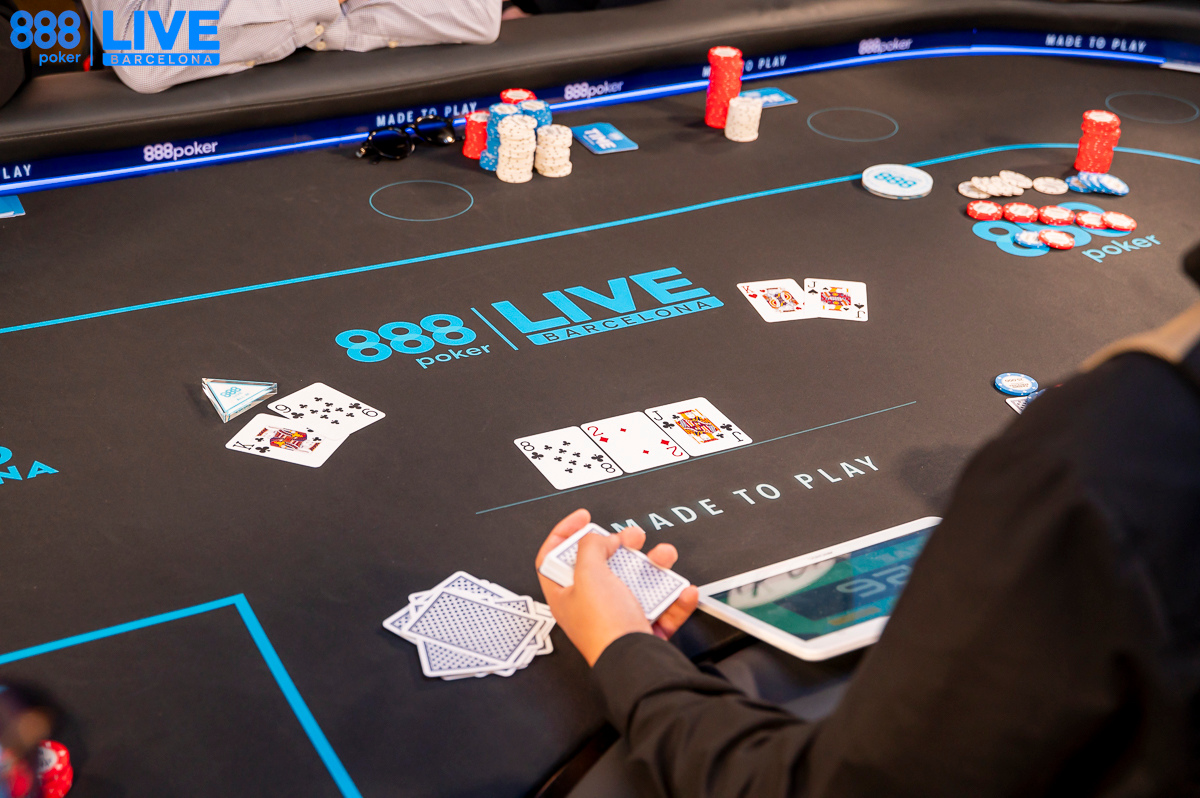It’s no secret that many poker players hate maths. Besides, there seems like a lot to remember –
- Pot odds
- Implied odds
- Breakeven thresholds
- Bluff-to-value ratios
It’s easy to become overwhelmed and ignore anything maths-related.
What if we told you we could cover all the above areas by learning a single simple poker formula?
In fact, this formula is so critical, poker players sometimes refer to it as the golden formula.
In this guide, we will introduce the golden formula and consider how you can use it to:
- Perform pot odds calculations
- Calculate breakeven thresholds
- Calculate GTO bluff-to-value ratios
- Perform implied odds calculations
Introducing the Golden Formula

Let’s immediately define the golden formula in poker games:
% chance of winning >= % of total pot invested
Translated into words – our percentage chance of winning must be equal to or greater than the percentage of the total pot we have invested.
For example, if we are investing 25% of the total pot when making a decision, we need to win 25% of the time or more.
It's extremely simple, and so much of poker maths revolves around this simple idea.
Golden Formula – Application to Pot Odds
Let's see an example using the golden formula to calculate pot odds.
Example:
There is $100 in the pot on the river, and our opponent makes a bet of $50. We have 35% pot equity.
Should we make the call?
Let’s imagine for a moment that we make the call on any poker board. The pot (after our call) would be $200, and we would be investing $50 of that total pot.
This amount equates to 25% of the total pot.
According to the golden formula, we need to win above 25% of the time for calling to be profitable. If we were to win exactly 25% of the time, we would break even on our call.
In this case, according to our pot equity, we will win 35% of the time, which means we have a clearly profitable call according to the golden formula.
Did You Know?Traditionally, poker players use ratios instead of percentages to calculate pot odds. Facing a half-pot bet on the river gives us pot odds of 3:1 (three to one). |
Golden Formula – Calculating Breakeven Thresholds
It is useful to know how often a bluff needs to work to be profitable. Once again, we can use the golden formula to calculate this.
Example:
There is $100 in the pot on the river, and we make a bet of $50. We expect our bluff to succeed around 40% of the time. Is this a profitable bluff?
While the numbers may appear the same as in the previous example, there is a crucial difference here – the pot size. Since we are now making the bet, the total pot size will only be $150, including our bet.

In this case, we are investing $50 of the total pot, which equates to 33%.
Based on the golden formula, our bluff needs to succeed above 33% of the time to be profitable.
If it were to succeed precisely 33% of the time, we would break even on our bluff.
Unsurprisingly, this threshold is referred to as the breakeven threshold.
Did You Know?While the golden formula is useful for simple bluffs, things change when we are dealing with semi-bluffs on the earlier streets. We would need a full EV calculation to determine the breakeven threshold. |
Golden Formula – Calculating Bluff-to-Value Ratios
The golden formula can even help with more advanced game theory concepts, such as calculating bluff-to-value ratios.
Example:
There is $100 in the pot on the river, and we make a bet of $50. How often should we be bluffing here if we want to be balanced?
In this case, we look at how often our opponent needs to win to break even, i.e. their pot odds. We’ve already calculated using the golden formula that Villain is being offered 25% pot odds on the call.

According to GTO, we should bluff 25% of the time and value bet 75% of the time when we make this half-pot bet on the river.
Did You Know?Our GTO correct bluffing frequency does not precisely map to our opponent’s pot odds, even though it’s often portrayed as such. |
Golden Formula – Application to Implied Odds
Another type of pot odds calculation is implied odds. The essential difference is that instead of using the current pot size, we calculate based on a projected or implied pot size.
If we make a big hand, the implied pot will be based on how much we think we stand to win on later streets.
Example:
The effective stacks on the turn are $300. There is $50 in the pot, and we have a nut flush draw. We estimate that our flush draw has 18% pot equity. Our opponent bets $50 (pot size).
Do we have a profitable call?
In terms of a basic pot odds calculation, we don’t get the price to continue. We would be investing 33% of the pot ($50/$150), and we estimate we only have 18% pot equity.
However, pot odds don’t reveal the full picture here because we might win Villain’s remaining $250 (or a bad beat jackpot!) if we hit our nut flush.
Let’s use the golden formula and imagine that our $50 investment equals exactly 18% of the pot for a break-even call.
In this case, the total pot would be $277 (more on how to calculate this shortly).
In other words, we ideally need the pot after the turn action to be $277, but in reality, it will only be $150. There is a shortfall of $127. This amount is what we need to break even on the river on average after hitting our flush.

We should ask ourselves if we think it’s possible to make this amount on average on the river, keeping in mind that sometimes we won’t get paid off when we hit.
As a conservative guide, Villain should have at least twice the amount we need in his remaining stack to compensate for the times we don’t get paid after hitting.
Using Pre-Memorised Values
The golden formula greatly simplifies how we think about poker maths, but memorising particular values can make things even easier.
For example, if we are facing a half-pot bet on the river, it’s useful to just know that we need 25% equity to continue rather than having to run a calculation every time.
When calculating implied odds, we calculate a total implied pot needed to generate the shortfall earned on later streets.
Let’s take a look at that again:
If $50 represents 18% of the total pot, then the total pot must be $277.
The only way to calculate this number is first to divide 100 by our equity (18%) to generate a multiplier:
100 / 18 = 5.55555
We can then multiply our call amount ($50) by the multiplier (5.555) to generate the total implied pot of ~$277.
We have a couple of key problems, however –
- Dividing 100 by 18 is not practical in-game.
- Multiplying anything by 5.555 is also not practical in-game.
Instead, we can pre-memorise rough multipliers depending on the type of draw we have. It’s like having a poker cheat sheet!
|
Draw Type |
Multiplier |
|
Gutshot |
12 |
|
Flush Draw / OESD |
6 |
|
Combo Draw |
4 |
When we face a $50 bet with a flush draw, we can immediately multiply $50 by the pre-memorised multiplier of 6, generating the total implied pot of $300.
We need to simply calculate the shortfall and decide whether it is realistic/profitable.
Did You Know?While pot odds are a precise science when our equity is known, implied odds are an estimate. Implied odds are essentially a ‘best guess’, but it should help us to get into the right ballpark. |
Simplifying Approach to Poker Maths
The main idea is that the golden formula appears everywhere in poker. Being thoroughly familiar with its application will help make our game mathematically sound.
We can also take things further by removing unnecessary maths from our game.
Generally, we want to keep our heads in the game rather than occupy our brains with mental arithmetic.
By pre-memorising common values, we can keep our game as maths-free as possible.


